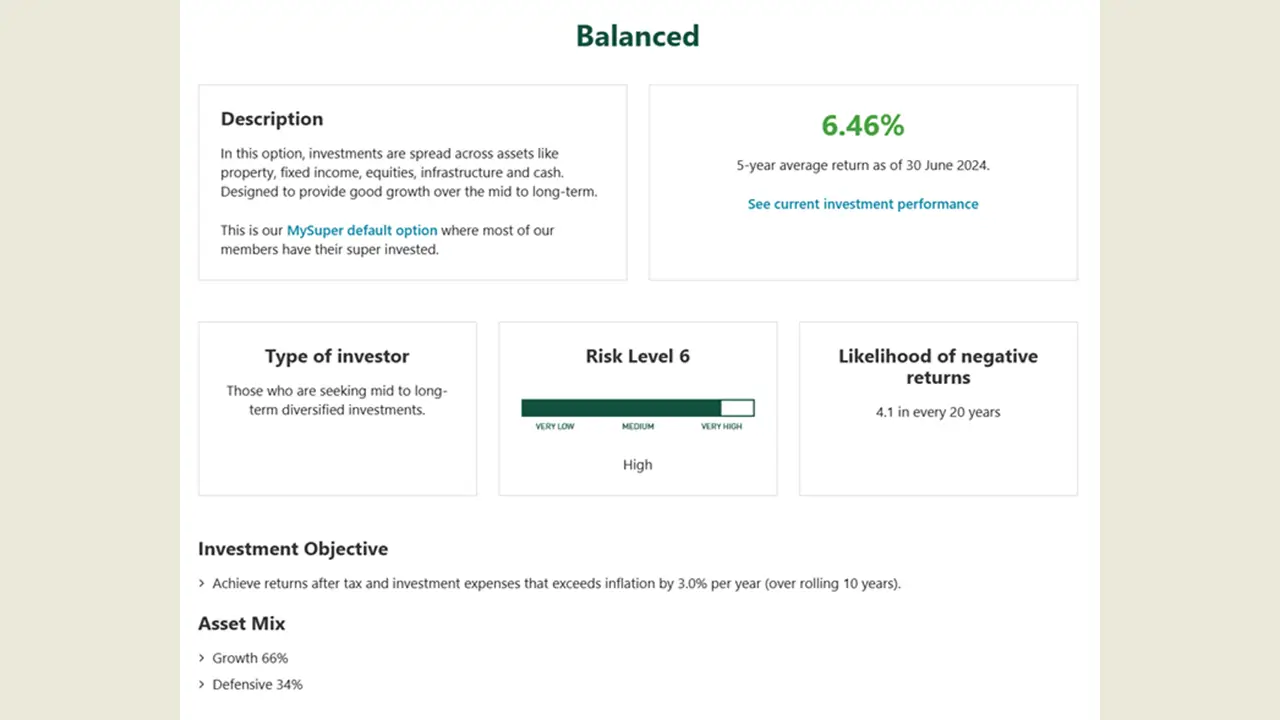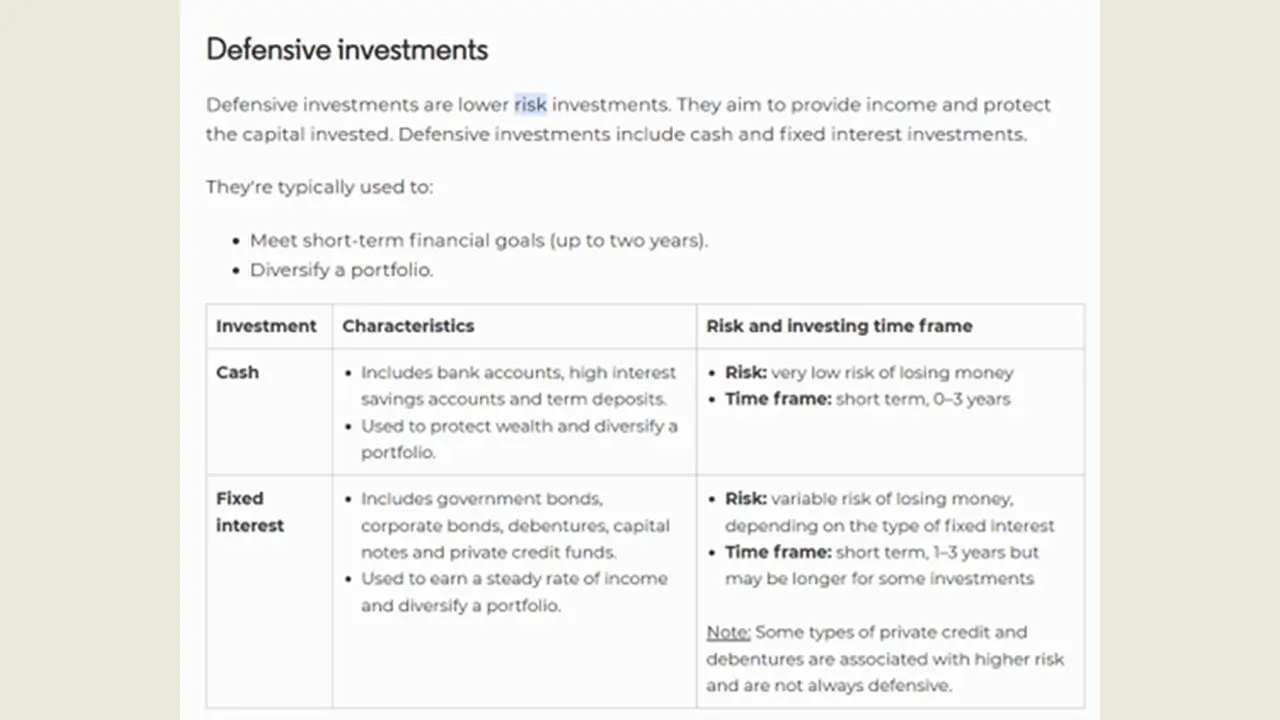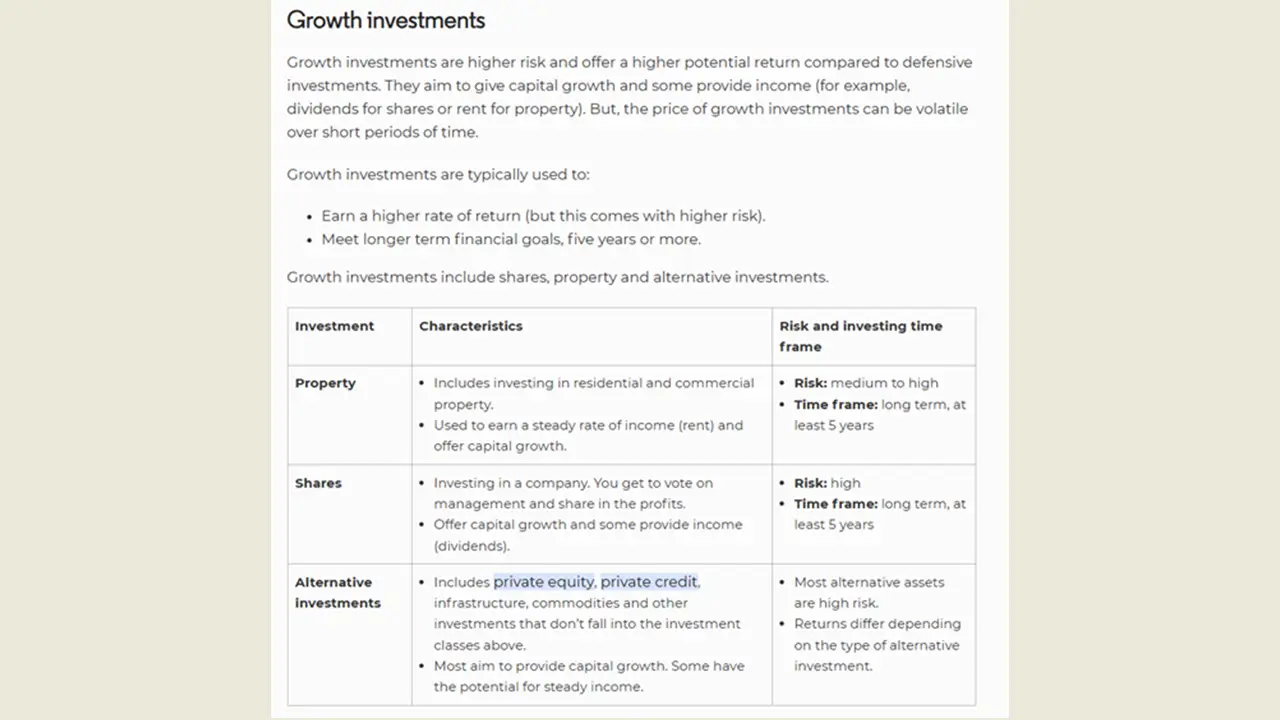Jun 2, 2025
Well, it isn’t exactly a limit, it is more essentially saying that balances in superannuation for an individual above $3 million will incur an additional tax of 15% on earnings above the $3 million you hold. Currently, the tax rate is 15% so this will effectively increase it to 30% on earnings for balances above $3 million.
This was announced firstly I believe back in February 2023 by Jim Chalmers (see article here).
It is planned to take effect from 1st of July 2025 but has not been legislated yet at the time of writing.
There are a few concerns about the proposal which include, it is set to tax also the portion of “unrealised gains” the superannuation fund has above $3 million. Whereas currently superannuation capital gains are taxed when the event happens, i.e. sale of shares or property. The proposed legislation is saying even if you don’t sell the shares, they will be applying a tax on the unrealised growth that you haven’t sold yet. This can be problematic for a few obvious reasons as funds might not have the money to pay the tax if they haven’t sold the asset!
There is also no proposed indexation on the $3 million dollars. Now that might seem fine, but the argument is for people my age or younger, having over $3 million …





